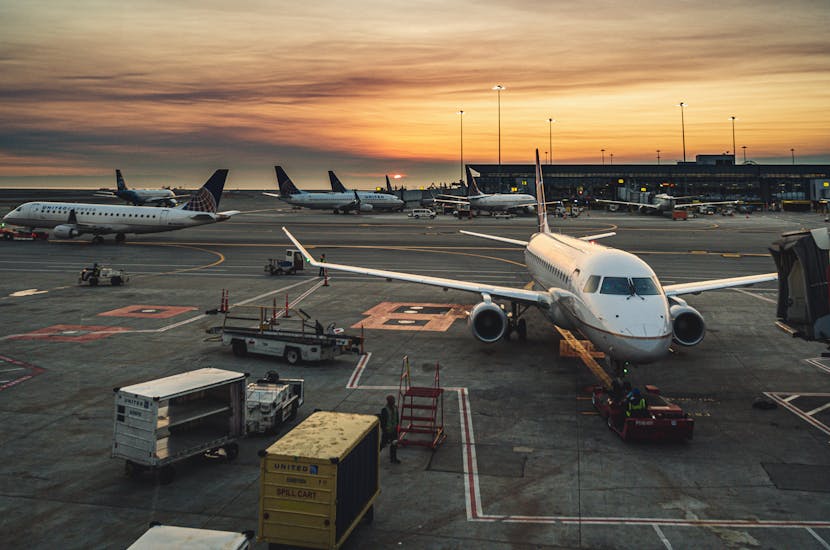Quick Links A technologically advanced aircraft nonetheless The aircraft did have a long-term impact on the market The Airbus A310 was supposed to be the next-generation widebody jet that would serve airlines looking for a smaller-capacity aircraft that still had the range capabilities to operate some of their longest routes. The aircraft appeared excellent on paper. It was efficient, with just a two-engine configuration that reduced per-seat fuel burn and had extensive initial interest from airlines.
Get all the latest aviation news from Simple Flying! The idea of serving destinations with lower-capacity aircraft should have been appealing to airlines, as it would have allowed them to guarantee higher load factors and allow them to provide fewer seats in off-seasons. In total, there were 255 Airbus A310s that rolled off of Airbus assembly lines during a seven-year production run between 1981 and 1988, a remarkably low number for such a high-profile airliner program. A bold and innovative program that looked toward the future Nonetheless, Airbus was still a young manufacturer at the time, and, in many ways, its mindset while designing and producing the Airbus A310 was very future-oriented.

The aircraft manufacturer saw the aircraft as transformative, changing airline business models in multiple different ways. However, the plane failed to live up to expectations and ultimately failed to achieve large-scale commercial success. Today, however, smaller widebodies like the Boeing.
























